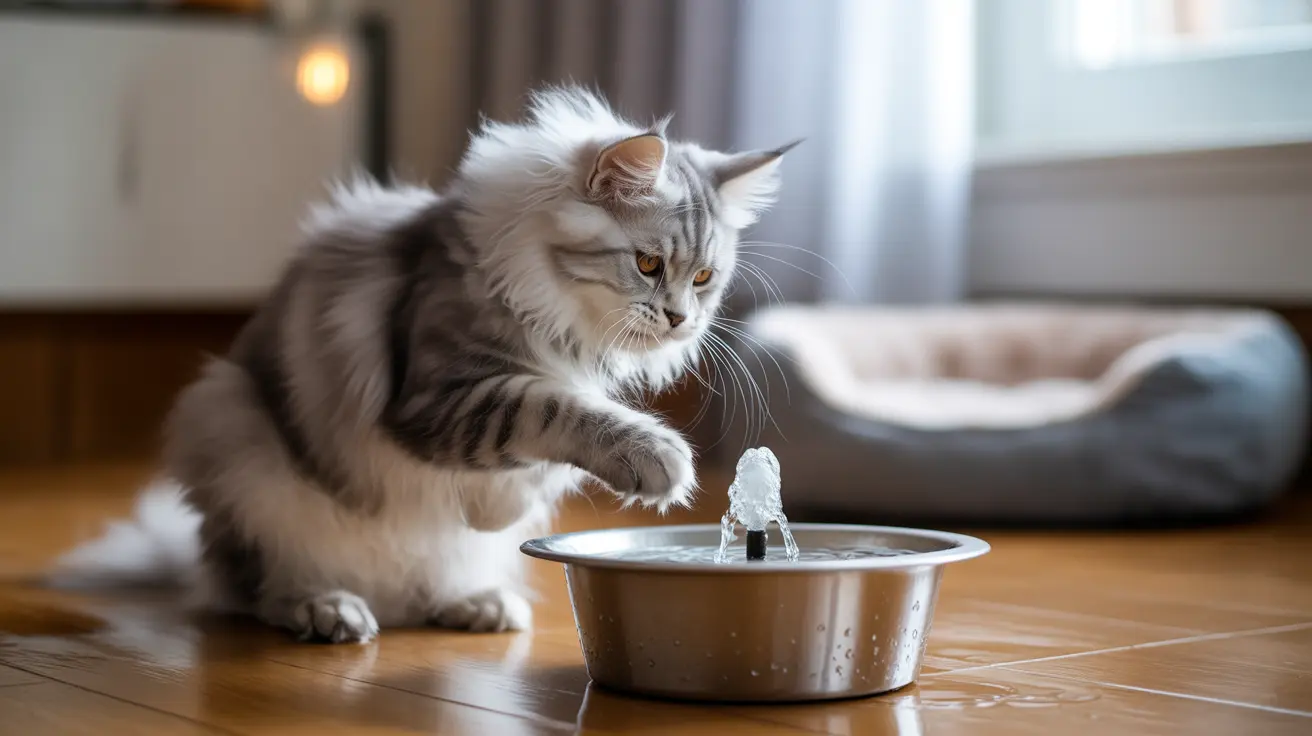When your feline friend is struggling with constipation, knowing how to make your cat poop safely and effectively becomes a critical concern. As a responsible pet parent, understanding the right approaches to help your constipated cat can prevent serious health complications and ensure your pet's comfort.
In this comprehensive guide, we'll explore proven methods to help your constipated cat, from safe home remedies to professional veterinary solutions. We'll also discuss when it's essential to seek immediate medical attention.
Understanding Cat Constipation
Before attempting to help your cat poop, it's crucial to understand what constitutes normal bowel movements in cats. Healthy cats typically defecate once or twice daily, producing well-formed stools. When this routine changes, it could signal constipation.
Identifying the Signs of Constipation
Watch for these telltale indicators that your cat is constipated:
- Straining in the litter box with little to no results
- Small, hard, dry stools
- Crying or showing discomfort while trying to defecate
- Decreased appetite or lethargy
- Vomiting in severe cases
Safe Home Remedies to Help Your Cat Poop
Increase Water Intake
Dehydration is a leading cause of constipation in cats. To encourage more water consumption:
- Place multiple water bowls throughout your home
- Invest in a cat water fountain
- Add water to wet food
- Consider bone broth as a hydrating supplement
Dietary Modifications
Making strategic changes to your cat's diet can help promote regular bowel movements:
- Add a teaspoon of pure pumpkin puree to their food
- Incorporate wet food into their diet
- Consider a high-fiber cat food (with veterinary approval)
- Add a small amount of olive oil to their meals (consult your vet first)
Exercise and Environmental Enrichment
Physical activity helps stimulate natural bowel movements. Encourage your cat to move more by:
- Providing interactive toys
- Setting up climbing structures
- Engaging in daily play sessions
- Creating opportunities for exercise
When to Seek Veterinary Care
While some constipation cases can be managed at home, certain situations require immediate professional attention:
- No bowel movement for more than 48-72 hours
- Signs of severe discomfort or pain
- Lethargy or complete loss of appetite
- Vomiting or other concerning symptoms
- Blood in or around the anal area
Prevention Strategies
Preventing constipation is always better than treating it. Implement these preventive measures:
- Maintain multiple clean litter boxes
- Feed a balanced, moisture-rich diet
- Ensure regular exercise
- Schedule regular veterinary check-ups
- Monitor your cat's bathroom habits
Frequently Asked Questions
How do I help a constipated cat poop naturally without going to the vet?
You can try increasing water intake, adding fiber to their diet through pumpkin puree, encouraging exercise, and ensuring clean litter boxes. However, if symptoms persist beyond 48 hours, veterinary care is necessary.
What are the most common causes of constipation in cats and how can I prevent them?
Common causes include dehydration, lack of fiber, insufficient exercise, and underlying health conditions. Prevention involves providing fresh water, appropriate diet, regular exercise, and maintaining clean litter boxes.
Can I use human laxatives on my constipated cat, or are there safer alternatives?
Never use human laxatives on cats as they can be toxic. Instead, use vet-approved products specifically designed for cats, and always consult your veterinarian before administering any treatment.
How can I increase my cat's water intake to help with constipation?
Offer multiple water sources, use pet fountains, add water to wet food, and consider ice cubes or broth as treats. Make sure water bowls are clean and easily accessible.
What are the signs that my cat's constipation requires immediate veterinary attention?
Seek immediate veterinary care if your cat hasn't defecated in more than 48 hours, shows signs of pain, exhibits lethargy, vomiting, or complete loss of appetite, or if you notice blood in the anal area.
Conclusion
While constipation in cats can be concerning, understanding how to make your cat poop safely and recognizing when to seek professional help are crucial aspects of responsible pet care. Remember that prevention through proper diet, hydration, and exercise is always the best approach to maintaining your cat's digestive health.






